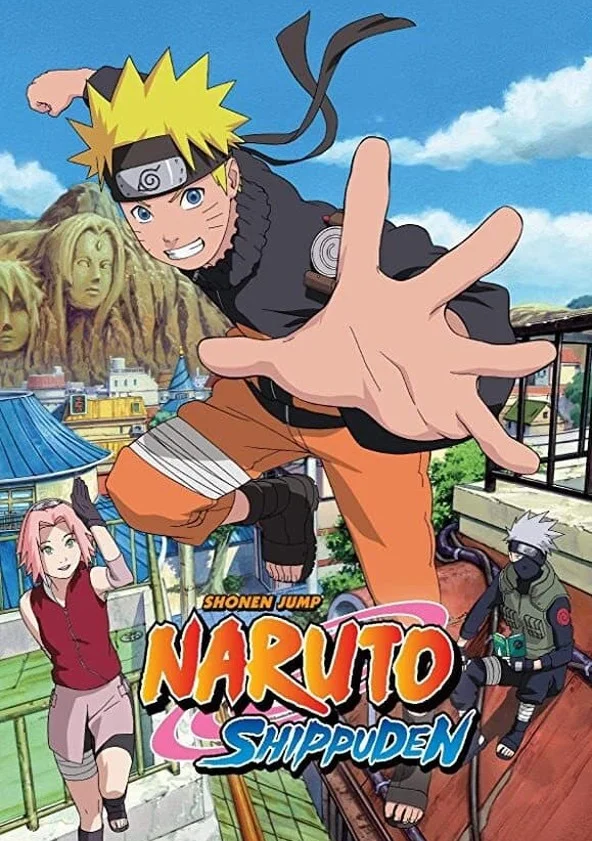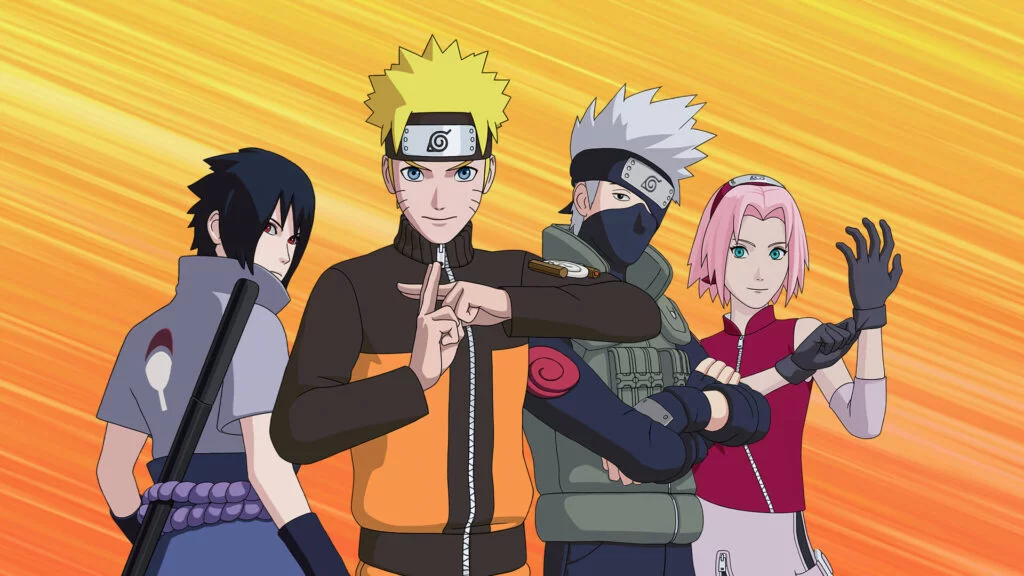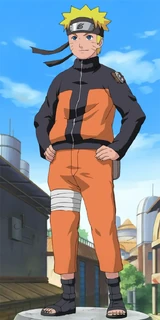Naruto, a name that resonates with anime enthusiasts worldwide, emerged as a cultural phenomenon. Let’s delve into the fascinating journey of when Naruto first made its mark on the world.
Outline
- The Birth of Naruto
- Manga Release
- Anime Adaptation
- Impact on Anime Culture
- Global Recognition
- Fandom Growth
- Naruto’s Success Journey
- Critical Acclaim
- Commercial Success
- Naruto: A Cultural Phenomenon
- Merchandising and Spin-offs
- Influence on Pop Culture
- Evolution into Naruto Shippuden
- Continuation of the Story
- Reception and Fanbase Growth
- Legacy of Naruto
- Long-lasting Popularity
- Inspirational Elements
- Naruto in the Digital Age
- Online Streaming Platforms
- Social Media Impact
- Memorable Characters and Moments
- Iconic Characters
- Key Plot Developments
- Naruto’s Impact on Other Media
- Influence on Subsequent Anime
- Cross-Cultural Appeal
- Behind the Scenes: Creators and Studios
- Masashi Kishimoto’s Contribution
- Studio Pierrot’s Animation
- Fan Engagement and Community Building
- Online Forums and Communities
- Cosplay and Fan Events
- Challenges Faced by Naruto
- Criticism and Controversies
- Adaptation Challenges
- The End of an Era: Naruto’s Conclusion
- Manga Conclusion
- Anime Finale
- Conclusion
- Naruto’s Enduring Legacy

The Birth of Naruto
Naruto’s inception dates back to the late 20th century. In 1999, Japanese manga artist Masashi Kishimoto introduced the world to the Hidden Leaf Village and the aspiring ninja Naruto Uzumaki. The manga serialization began in the iconic manga magazine Shonen Jump, captivating readers with its unique blend of action, adventure, and coming-of-age themes.
The anime adaptation soon followed in 2002, bringing Naruto’s world to life on the small screen. The dynamic combination of Kishimoto’s storytelling prowess and Studio Pierrot’s animation expertise contributed to the series’ early success.

Impact on Anime Culture
Naruto swiftly transcended cultural boundaries, gaining global recognition. Its captivating storyline and relatable characters drew in a diverse fanbase, contributing to the exponential growth of anime’s popularity outside Japan. The fandom’s passionate engagement with the series became a hallmark of Naruto’s influence on anime culture.
Fueled by the anime’s success, Naruto merchandise flooded the market, contributing to a surge in anime-related products. The rise of conventions and fan events further solidified Naruto’s place in pop culture.

Naruto’s Success Journey
Naruto garnered both critical acclaim and commercial success. The series received praise for its character development, intricate plot twists, and exploration of themes such as friendship, perseverance, and self-discovery. Simultaneously, it became a commercial powerhouse, with merchandise, video games, and a dedicated fanbase contributing to its widespread success.
Naruto: A Cultural Phenomenon
The impact of Naruto extended beyond the screen. The franchise’s success prompted the creation of Naruto Shippuden, a sequel that continued Naruto’s journey and further expanded the narrative. The fandom’s anticipation and positive reception solidified Naruto’s status as a cultural phenomenon.
Merchandising, spin-offs, and collaborations with various industries showcased Naruto’s pervasive influence on global entertainment.
Evolution into Naruto Shippuden
Naruto Shippuden, the sequel to the original series, continued to captivate audiences. The storyline matured alongside the characters, addressing more complex themes and challenges. The reception was overwhelmingly positive, contributing to the growing fanbase and cementing Naruto’s legacy in anime history.

Legacy of Naruto
Naruto’s legacy endures, evidenced by its continued popularity long after its conclusion. The series’ messages of resilience, friendship, and self-discovery have left a lasting impact on fans worldwide. The iconic “Believe It!” catchphrase and Naruto’s signature headband have become symbols of inspiration.
Inspirational elements from Naruto have influenced various forms of media, reinforcing its place as a source of creative inspiration.
Naruto in the Digital Age
In the digital age, Naruto found a new life on online streaming platforms. Fans could revisit the entire series, introducing a new generation to the adventures of Naruto and his friends. Social media platforms became hubs for discussions, fan theories, and the sharing of fan-created content, further propelling Naruto’s cultural relevance.
Memorable Characters and Moments
The brilliance of Naruto lies in its memorable characters and pivotal plot moments. Characters like Naruto, Sasuke, and Sakura have become iconic figures in anime history. Key plot developments, such as Naruto’s struggle for acceptance and the Akatsuki’s ominous presence, are etched in the memories of fans.
Naruto’s Impact on Other Media
Beyond the realm of anime, Naruto’s influence extends to other media. Its success paved the way for subsequent anime series, inspiring creators to explore similar themes of friendship, rivalry, and self-discovery. The cross-cultural appeal of Naruto showcased the universality of its themes.
Behind the Scenes: Creators and Studios
Behind the success of Naruto are the creative minds responsible for its conception and animation. Masashi Kishimoto’s vision and storytelling skills laid the foundation for Naruto’s success, while Studio Pierrot’s animation brought the characters and world to vivid life.
Fan Engagement and Community Building
Naruto’s impact is not confined to the screen. Online forums and communities provided platforms for fans to discuss theories, share fan art, and express their love for the series. The emergence of cosplay and fan events allowed enthusiasts to immerse themselves in the world of Naruto, fostering a sense of community.
Challenges Faced by Naruto
While Naruto enjoyed immense success, it faced its fair share of challenges. Criticisms regarding pacing, filler episodes, and certain plot choices sparked debates within the fanbase. The adaptation from manga to anime also presented challenges in maintaining the series’ integrity.
The End of an Era: Naruto’s Conclusion
Naruto’s journey reached its conclusion in 2014 with the conclusion of the manga and the finale of the anime. The emotional farewell to characters and the resolution of long-standing plotlines marked the end of an era. Fans bid farewell to a series that had become a significant part of their lives.
Conclusion
In conclusion, Naruto’s impact on anime culture is undeniable. From its humble beginnings in manga form to becoming a global phenomenon, Naruto has left an indelible mark. Its enduring legacy continues to inspire fans, and the lessons learned from the Hidden Leaf Village resonate across generations. Naruto’s journey is not just a story—it’s a cultural touchstone that continues to shape the world of anime.
FAQs
- When did Naruto first premiere on television?
- Naruto first premiered on television in Japan on October 3, 2002.
- Is Naruto Shippuden a continuation of the original series?
- Yes, Naruto Shippuden is the sequel to the original Naruto series, continuing the storyline and character development.
- What is the significance of Naruto’s catchphrase, “Believe It!”?
- Naruto’s catchphrase, “Believe It!” reflects his unwavering determination and belief in achieving his goals, serving as a motivational mantra.
- Did Naruto face any controversies during its run?
- Yes, Naruto faced some controversies, including criticism for pacing issues, filler episodes, and debates over certain plot choices.
- How has Naruto influenced subsequent anime series?
- Naruto’s success has influenced subsequent anime series, inspiring creators to explore themes of friendship, rivalry, and self-discovery in their narratives.

[…] it’s the determined Naruto Uzumaki, the enigmatic Sasuke Uchiha, or the fierce Sakura Haruno, each character embodies distinct traits […]